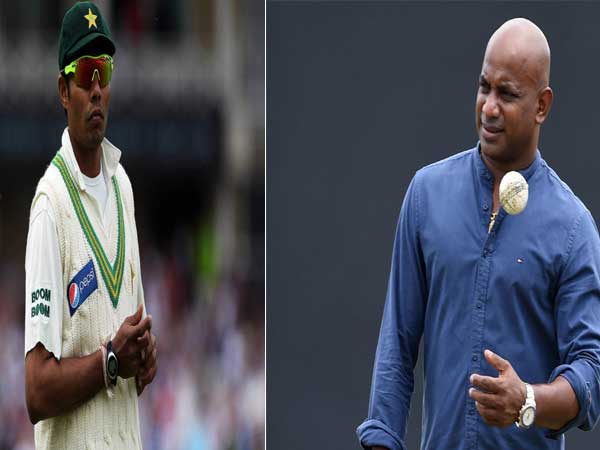
The game of cricket is once again in the throes of the unpleasant news of match and spot fixing. Two well-known cricketers, former Pakistan leg-spinner Dinesh Kaneria and the legend of Sri Lankan cricket, Sanath Jayasuriya, are in the news for activities that spell disaster for the sport of cricket.
Kaneria has admitted to match fixing. He tendered an apology to the Almighty and the followers of the game around the world. Al Jazeera, the broadcasting channel that beamed his message, has also been involved with unravelling footage of people, places and the mode of operation that exists even today in the cricket world with regard to match fixing.
The International Cricket Council (ICC), the body that should be tackling the issue of gambling, betting and match or spot fixing, has never truly shown serious intentions in curbing such activities. The video tapes of the coverage in Al-Jazeera, showcasing the betting syndicate and the brazen attitude of the people involved when interviewed, reflects how poorly the ICC authorities have handled the situation.
Cricket administrators all over the world have one immediate reaction when confronted with a grim issue like match fixing and that is to get immediately on the defensive. There is “no smoke without fire” and the ICC and the countries involved, rather than dilly dallying and waiting for raw footage of the interviews in the tape, should be more aggressive in deciphering and finding a solution themselves.
A quick analysis of matches concerned should give them enough information on the specific set-ups, which were established by the crooks involved. The word “ manda,” which denotes a set-up by the bookies for a team scoring below the projected score in a stipulated period, for a naïve cricket follower is quite amusing. This was made famous, one gathers, through the most influential D-Company bookie, Aneel Munawar, who so confidently reveals the outcome and operation of the entire operation. The worrying aspect is that he is correct on most occasions. Munawar, one gathers, has gone underground, but the ICC was aware of him since 2010 and the irony was that photographs of him with the likes of Virat Kohli, Rohit Sharma, Lakshmipathy Balaji and other known cricketers has shown how unprofessionally the ICC and other cricket boards are handling the entire anti- corruption issue. A person on the map of the ICC anti-corruption unit should have in no way been in the vicinity of these players.
Limited overs cricket leagues have become very popular around the world. This form of cricket is becoming commercially very lucrative and the popularity of them amongst the viewers and the lovers of the game is spreading far and wide. Unfortunately, this is also helps the gambling syndicate to flourish in India. More so due to the legal restrictions on gambling in India. The quicker gambling is made legal in the country, the better it will be not only as a revenue earner for the government, but also in dissuading bookies from operating in the country.
The match fixing dilemma has been more prevalent since the beginning of this century in India. The title of “Fallen Heroes,” as the book and tapes were called after unearthing the sting operation by Tehelka in 2000, involved some of the prominent names of Indian cricket. Furthermore, the acceptance by Hansie Cronje, the late South African captain, of being involved in match fixing was another big realisation about the unsavoury elements that had infested the game of cricket.
Nothing major ensued thereafter and most of the Indian cricketers escaped with a rap on their knuckles. The lack of evidence seems to somehow always find its way when it comes to prosecuting many of the cricket culprits over the years.
Match fixing has now evolved into spot fixing, runs forecasting and many other permutations and combinations to keep the punters interested in the game throughout the match. The 22 players participating in the match have become the target for the influential bookmakers. They now need only a few of them to generate “a fix.”
Cricket is losing its very sheen as a game that stood for a sporting encounter played hard, but with honesty. The spirit of sportsmanship was what it stood for and a concrete effort by one and all should be made to revive it.
The weeds that have now grown into the very heart of the game needs to be quickly eradicated. The roots of corruption have gone deep into the system. The ICC needs to worry more about match fixing rather than bothering about the ICC anti-doping WADA code. One does understand the importance of fighting against the entry of drugs into sports. Cricket unfortunately needs much more subtle skills than enhancing ones strength and power to perform better. The fight in cricket is to keep the game clean and the cricketers, umpires, support staff, curators and everyone else involved in the operation need to stay away from the unsavoury individuals who have crept into the game. A severe punishment should be given to anyone who is found guilty of tarnishing the game. There is no place in cricket for cheaters and thugs. The game of cricket is far greater than the individual and the quicker the administrators who run the sport understand it, the better it will be.
(The writer is a former India cricketer)





